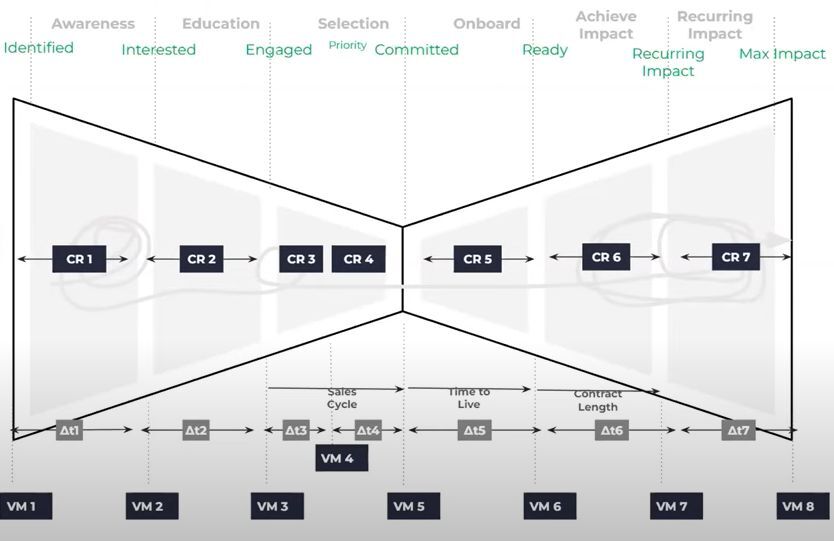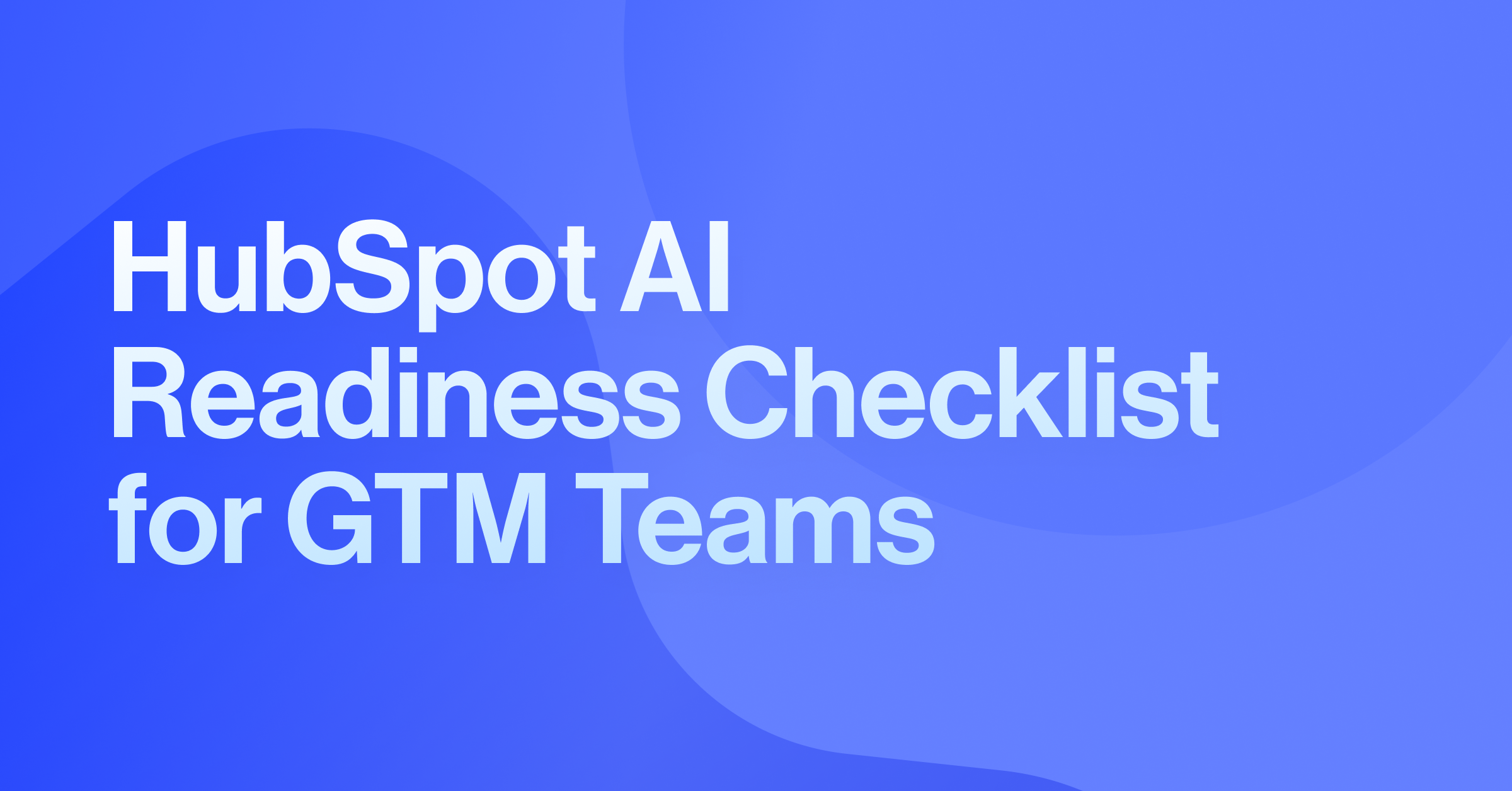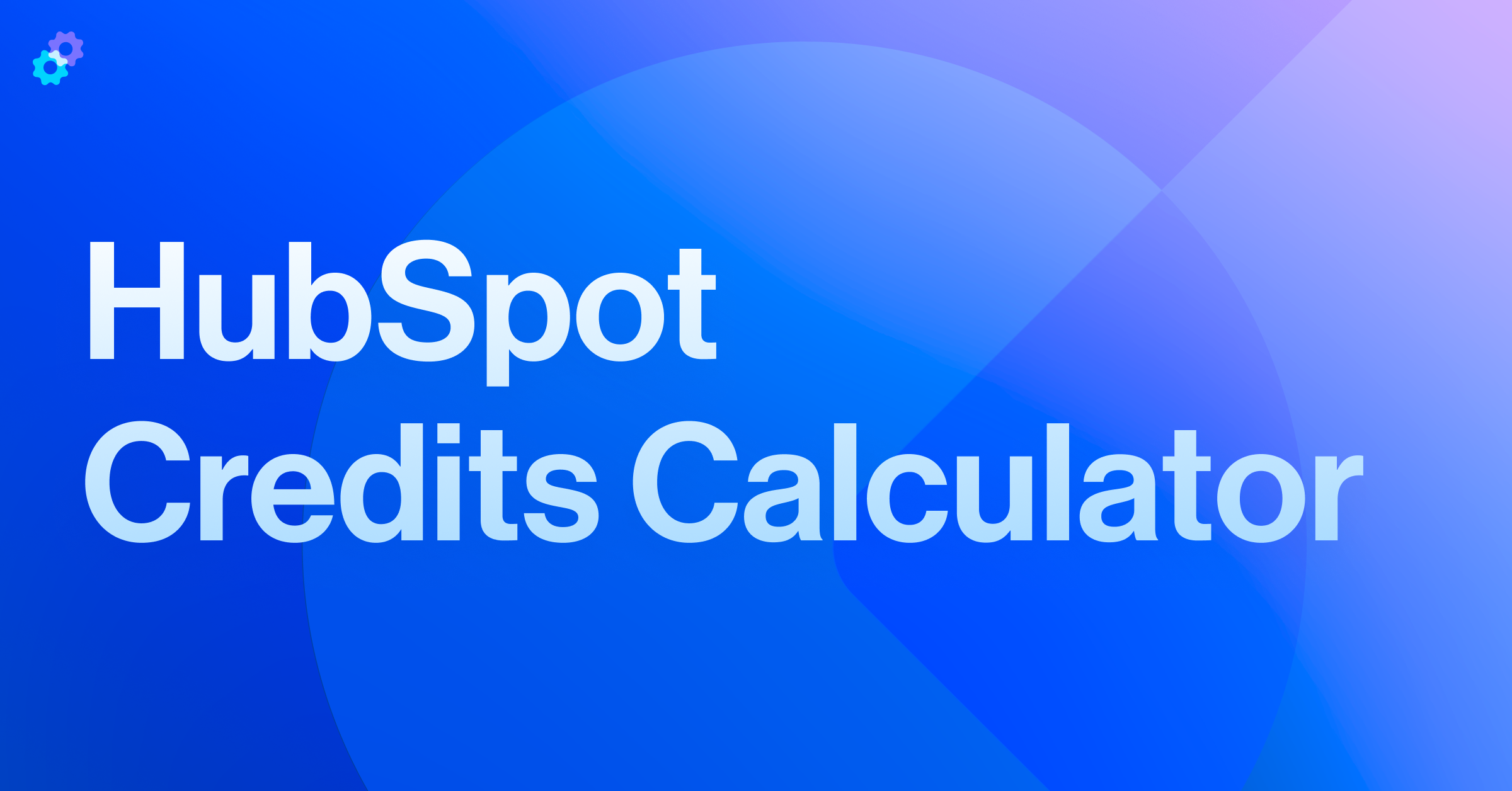At INBOUND 2025, HubSpot introduced a new framework called Loop Marketing. The announcement reflects a major shift in how marketers think about growth in the AI era. Traditional funnels and the Bowtie Model helped teams structure acquisition and retention. But as buyer behavior changes and AI reshapes discovery, marketers need a playbook designed for continuous iteration.
So, is Loop Marketing just Bowtie 2.0 or something different altogether?
What is Loop Marketing?
Loop Marketing is HubSpot’s answer to the modern buyer’s journey of the AI era. Instead of a linear funnel or a static lifecycle, growth now happens in loops of expression, personalization, amplification, and optimization.
The framework breaks into four stages:
- Express – Define your brand identity, style, and target audience. Use these to inform your content strategy.
- Tailor – Use a combination of behavioral signals, intent data, and contextual information within your CRM to craft relevant and personalized messaging using HubSpot’s AI tools that feels relevant at the individual level.
- Amplify – Distribute across the right channels, from AI search engines to influencer content and online communities. Engage with buyers where their intent is the highest and scale your messages using AI.
- Evolve – Learn from real-time data and experiments, then feed insights into the next cycle. Monitor performance in real time, run rapid experiments, and use these insights to optimize your approach.
The philosophy is simple: growth isn’t a straight line anymore. It’s a cycle of constant feedback, learning, and iteration, powered by a partnership between human feedback and AI insights.
What is the Bowtie Model?

If you are thinking that the Loop Marketing model sounds a bit familiar, you’re not alone. The Bowtie Model emerged as a response to the limitations of the traditional sales funnel. Instead of stopping at “closed-won,” it expands to include retention, expansion, and advocacy. Picture a funnel mirrored back on itself, acquisition on one side, expansion on the other, with value creation at the center.
For RevOps and GTM leaders, the Bowtie was an important evolution. It encouraged teams to think beyond new logo acquisition and design strategies for customer success and lifetime value.
Loop Marketing vs. the Bowtie
So, where does Loop Marketing fit in?
- Bowtie Model: Helps visualize acquisition through to expansion. It’s customer-centric, but still relatively static.
- Loop Marketing: Focuses on speed and adaptability. It’s less about stages in a journey and more about momentum and how fast you can move from insight to action and back again.
Where the Bowtie emphasizes scope (acquire, retain, expand, advocate), the Loop emphasizes velocity. In a world where AI intercepts discovery and customer expectations shift daily, velocity wins.
In other words, Loop Marketing doesn’t replace the Bowtie. It evolves it by bringing experimentation, AI, and continuous iteration into every stage of growth, aligning with today’s business landscape.
New HubSpot Features That Enable Loop Marketing
HubSpot didn’t just introduce a concept. They backed Loop Marketing with a series of product releases designed to make the loop actionable inside your portal. Here are a few highlights:
- Marketing Studio – A collaborative, AI-powered workspace that helps teams plan, create, and launch campaigns faster. Instead of juggling multiple tools, everything happens in one connected canvas.
- AEO (AI Engine Optimization) – With more searches ending in AI-powered answers, visibility now depends on how well your brand shows up in those results. AEO Strategy helps you measure your presence in AI engines and optimize your content to be cited more often.
- Breeze Agents – AI-powered assistants that go beyond simple chatbots. Breeze Agents can qualify leads, handle customer questions, and even execute workflows using your HubSpot CRM data, all while learning from your business context.
- Segments & Personalization – Advanced segmentation and personalization tools that let you identify high-intent audiences with AI recommendations, then deliver messaging that feels directly relevant across email, landing pages, and CTAs.
- Self-Generating CRM – Automatically enriches contact and company records using AI-driven insights from conversations, calls, and research. This reduces manual entry and keeps profiles up to date.
- Data Studio – Transforms scattered spreadsheets, warehouse data, and app integrations into unified datasets. With clean, connected data, you can power more precise segmentation, reporting, and automation.
Together, these tools create the infrastructure needed to run loops: brand expression, personalization at scale, multi-channel distribution, and real-time optimization.
Loop Marketing represents the next big shift in how HubSpot users will drive growth. If the funnel explained the first era of digital marketing, and the Bowtie expanded the focus to retention and advocacy, then the Loop adds velocity. It’s about learning faster than your competitors and using AI to make every cycle smarter.
For mid-market and enterprise teams, this is more than a concept. The latest Marketing Hub releases are built to operationalize Loop Marketing right inside your CRM.
Need help implementing these new tools in your portal? Contact the Pros.








